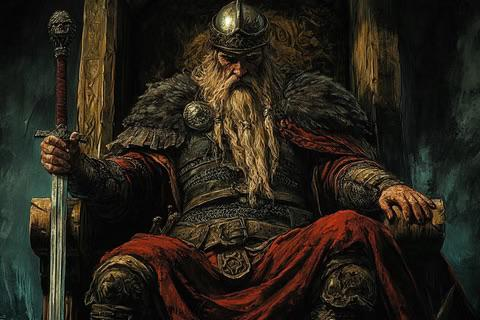History is filled with tales of warriors who stood against impossible odds. But few stories are as fierce, raw, and unforgettable as the lone Viking at the Battle of Stamford Bridge in 1066. Armed with nothing but a massive battle axe and a spirit carved from fire, this unnamed Norseman faced down an entire English army alone and carved himself into legend.
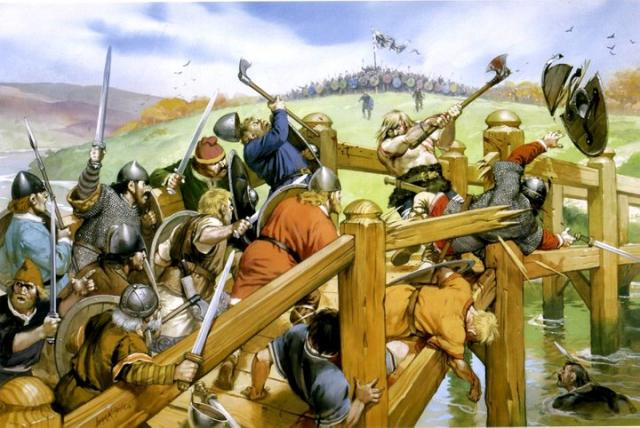
A Pivotal Battle in a Tumultuous Year
The year 1066 was a storm of ambition and bloodshed. While most people remember it for William the Conqueror’s invasion of England later that year, another brutal battle unfolded just days before: the clash between King Harold Godwinson’s Anglo-Saxon forces and an invading Viking army led by King Harald Hardrada of Norway.
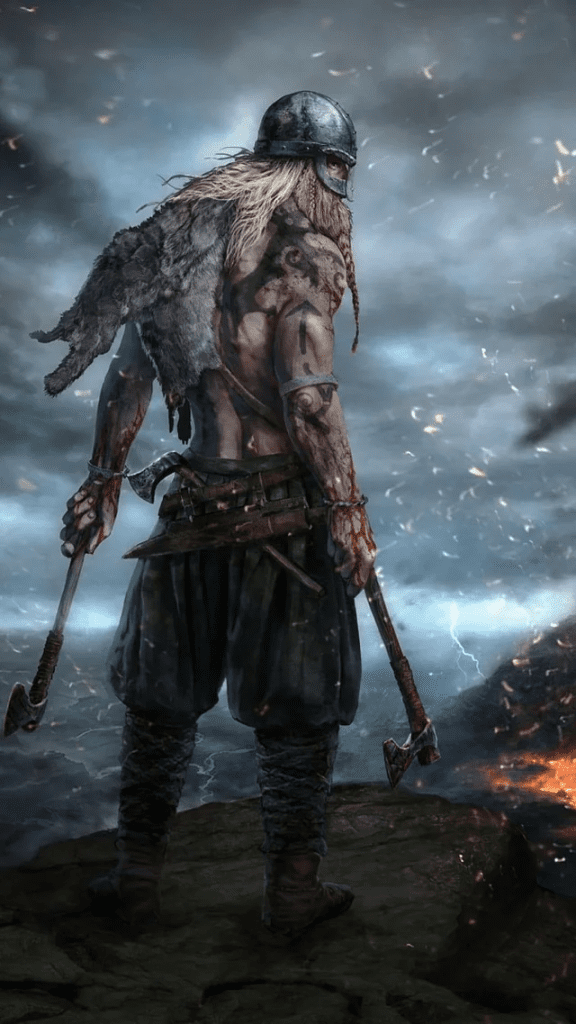
Hardrada, along with Harold’s own brother Tostig, had sailed to northern England to claim the crown. On September 25th, they were met by Harold’s army near the quiet Yorkshire village of Stamford Bridge. What followed was one of the bloodiest and most significant battles of the medieval period. But in the chaos of war, it was one moment of solitary resistance that would echo through the centuries.
Video:
The Last Berserker | The Man Who Would Not Die
A Warrior on the Bridge
According to multiple chronicles including the Anglo-Saxon Chronicle and Norse sagas as the English forces approached the bridge, a single Viking warrior volunteered (or perhaps simply stood his ground) to guard the narrow crossing. This was no symbolic gesture. The bridge was a bottleneck, and the Viking’s stand gave his comrades precious time to regroup.
With a towering axe in hand, the Viking cut down English soldier after soldier who dared to challenge him. Shielded by the narrow planks beneath his feet, his enemies could only attack one at a time. Dozens fell. No one could get past. Some accounts claim he held the bridge for nearly an hour.
He was not just strong he was calm, precise, unshakable. No words, no retreat, only the roar of steel and splintered bone. This wasn’t just a fight; it was defiance made flesh.
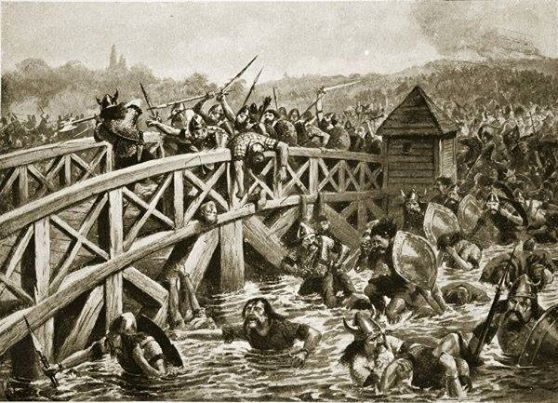
How He Fell
Ultimately, no man, no matter how bold, can withstand an entire army forever. Realizing that brute force alone would never bring the warrior down, the English reportedly came up with a brutal solution: a soldier floated beneath the bridge in a barrel or small boat and thrust a spear up through the wooden planks.
The spear struck true, piercing the Viking from below. Even in death, he remained upright, refusing to fall. Only when the final breath left him did his axe drop, and the English surge began anew.
Video:
The Battle of Stamford Bridge 1066 AD
A Legacy That Outlived a Name
No one knows the name of the lone Viking at Stamford Bridge. He was not a king or a noble. He left behind no monuments, no grave, and no heirs. Yet his fearless stand became the stuff of legend an act of raw valor that has inspired warriors, poets, and historians for nearly a thousand years.
He delayed a superior force, gave his comrades a fighting chance, and became the embodiment of Viking tenacity. While the Norwegians would go on to lose the battle and Hardrada would fall alongside thousands this warrior’s sacrifice became the most talked-about moment of the day.
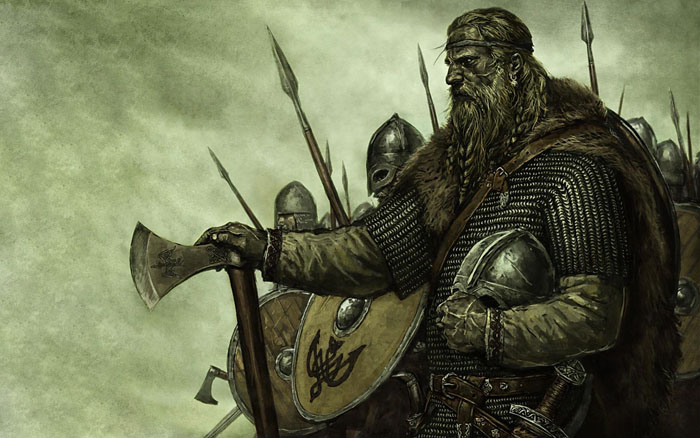
The Human Spirit in the Face of Death
What drives a man to stand alone on a bridge, axe in hand, facing certain death? Was it loyalty to his king? Devotion to his cause? Or simply the iron-clad pride of a warrior who would rather die on his feet than flee?
Whatever the answer, the story of the lone Viking reminds us that sometimes, a single moment of courage can become more powerful than an entire war. In a time of kings and conquerors, one anonymous man chose glory over survival. And in doing so, he earned immortality.
